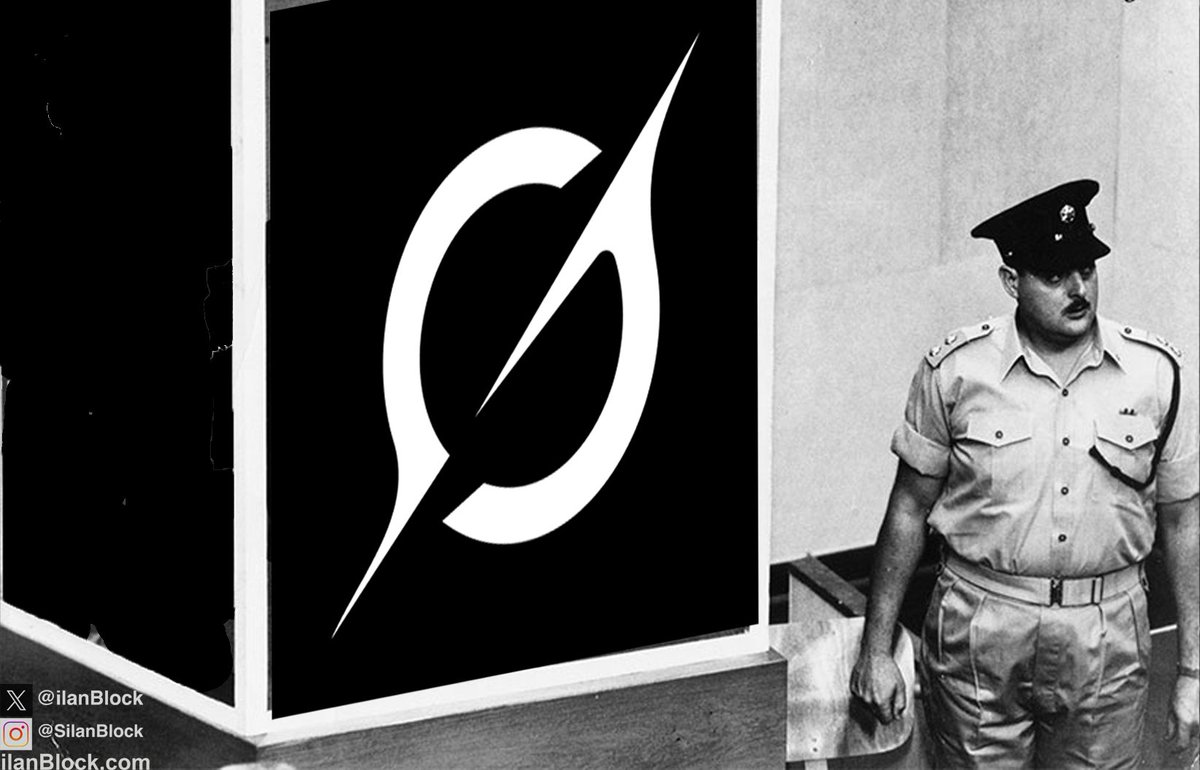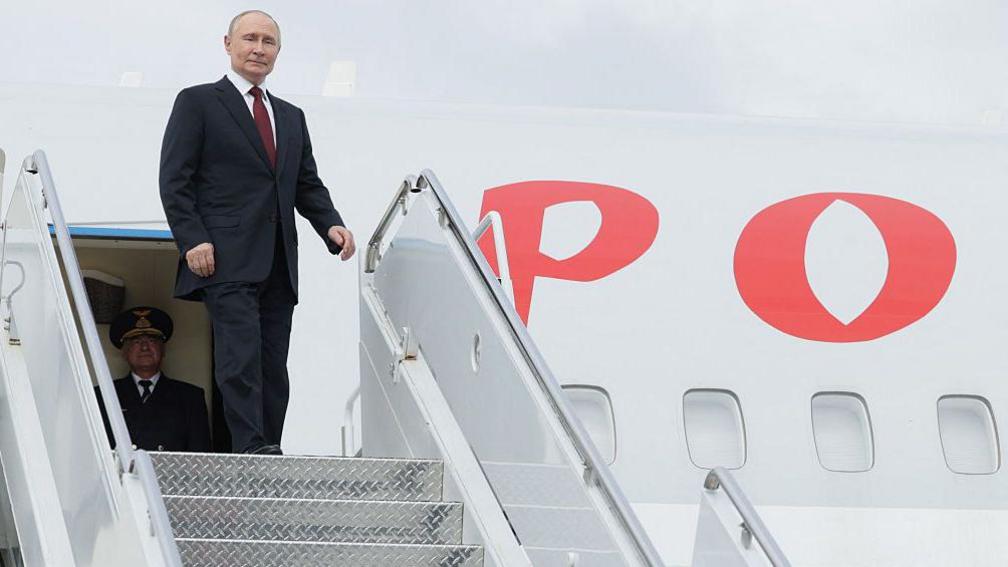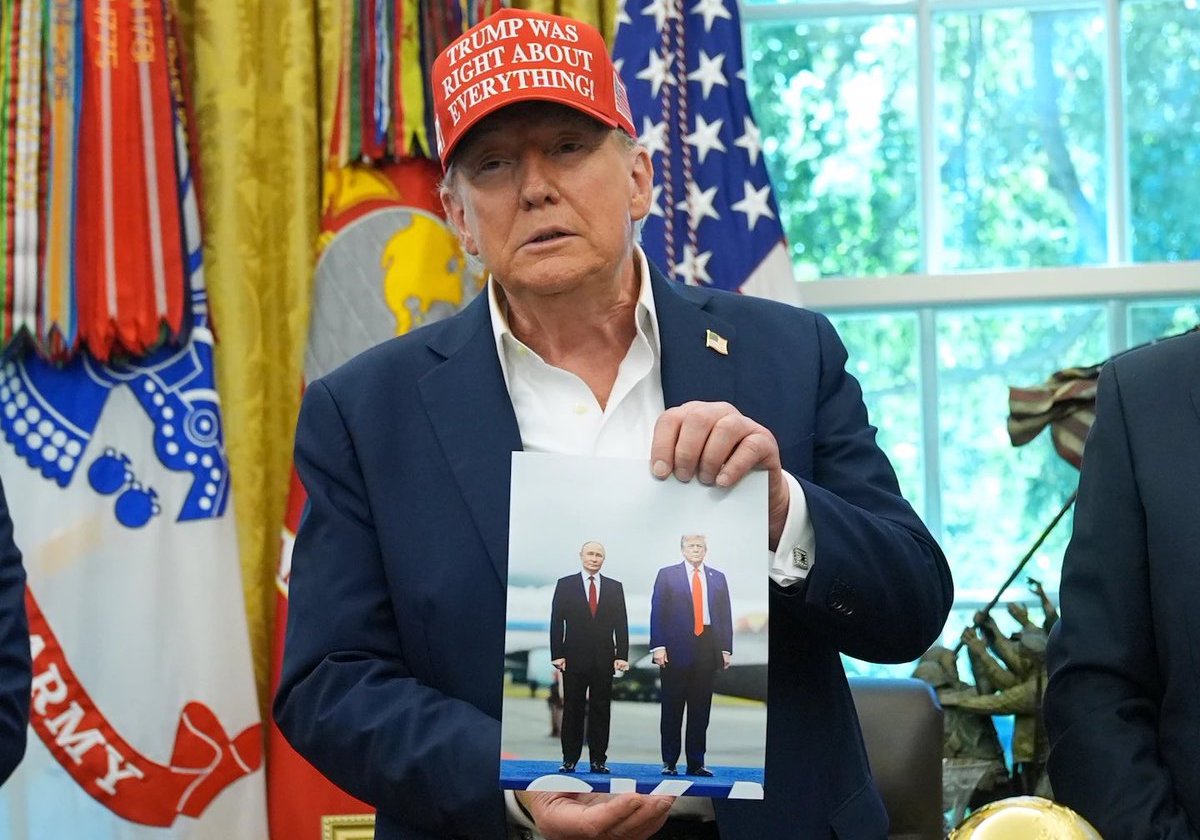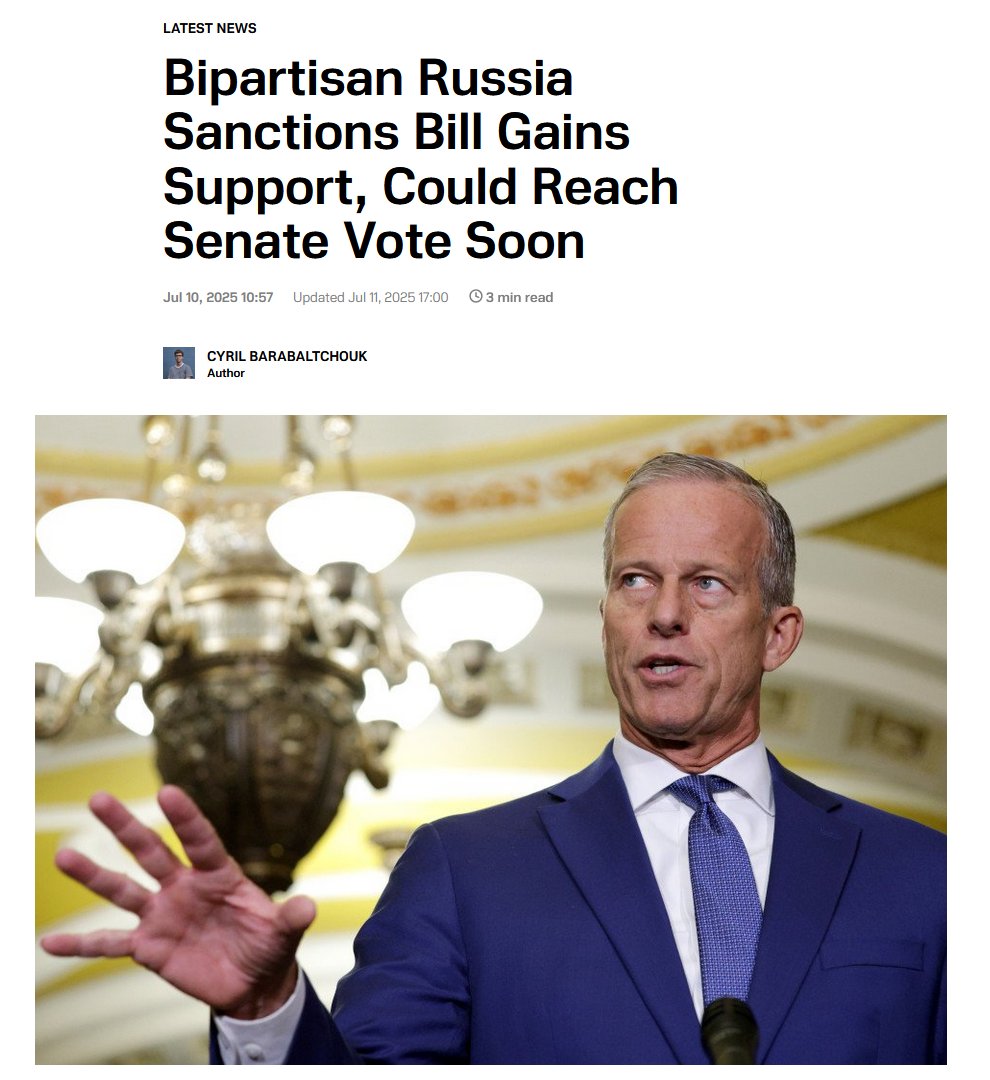In today’s Vatnik Soup, I’ll introduce an Estonian politician, Jana Toom (@JanaToomEE). She’s best-known for promoting pro-Kremlin viewpoints both in domestic Estonian politics and in the European Parliament.
1/22
1/22

Toom’s mother, Margarita Chernogorova, studied law in Leningrad & worked for the Communist Party. She was also a confidant to the most notorious leader of the Estonian Soviet Socialist Republic, Karl Vaino. One of Chernogorova’s tasks was to suppress the Singing Revolution.
2/22


2/22



During the early 90s Toom lived with her husband in Snezhinsk, Russia and returned to Estonia in 1994. Soon after, she joined the editorial board of Molodyož Estonii, a paper known for being a mouthpiece for the Leninist Communist Youth League during the Soviet era.
3/22
3/22

Until 2006, Jana was a Russian citizen. At late Estonian politician Edgar Savisaar’s request, Prime Minister Andrus Ansip granted Toom Estonian citizenship for “special services.” The pretext was her work in journalism. Savisaar also paved Toom’s path to top politics.
4/22

4/22


To this day, Toom has been one of the most outspoken opponents of the Estonian-language school reform in Estonia.
She’s repeatedly called the Estonian-language school reform “violence”, and this has been one of her most consistent positions over the years.
5/22

She’s repeatedly called the Estonian-language school reform “violence”, and this has been one of her most consistent positions over the years.
5/22


Criticizing the police & officials, close collaboration with Russian propagandists & various pro-Kremlin statements have solidified Toom as a politician who Estonians hate and Russians love. The more Toom was scolded, the more popular she became among the Russian-speakers.
6/22
6/22

Toom has been a member of the European Parliament since 2014.
She's extremely good at sensing which lines she shouldn’t cross. For example, she was scheduled to be on a panel at the “Compatriots Forum” closely linked to the Kremlin in Nov 2014, but finally didn’t show up.
7/22
She's extremely good at sensing which lines she shouldn’t cross. For example, she was scheduled to be on a panel at the “Compatriots Forum” closely linked to the Kremlin in Nov 2014, but finally didn’t show up.
7/22

On the other hand, she participated in the “European Russian Forum” event in Brussels organized by the Russkiy Mir Foundation, which operates as an extension of the Kremlin. Crimea was also discussed.
So, what does Toom think about Crimea?
8/22

So, what does Toom think about Crimea?
8/22


Her opinion on Crimea was clear from an early stage. In an interview with Õhtuleht, she called Russian soldiers “polite little green men” (did she get Hinkle’s t-shirt too?).
She also called the annexation an “economic choice” of the local people, not Russian aggression.
9/22



She also called the annexation an “economic choice” of the local people, not Russian aggression.
9/22




In the following years, whataboutism began on the subject of Crimea. According to her, the Estonian Centre Party had no official position on Crimea (even though she clearly had one).
10/22

10/22


According to leaked data from a Russian travel agency, Jana traveled to the Russian-occupied Crimea in July 2016. Toom, a member of the European Parliament at the time, claimed that she was motivated by family reasons for the trip.
11/22
11/22
In 2018, she parroted the Kremlin narrative that NATO was planning to build a naval base in Sevastopol, a claim that NATO has strongly refuted.
As is tradition, she has consistently opposed all EU sanctions against Russia after the conquest of Crimea.
12/22
As is tradition, she has consistently opposed all EU sanctions against Russia after the conquest of Crimea.
12/22

In 2016, Jana visited the Syrian dictator and war criminal al-Assad. On her second visit, she was together with a delegation with representatives of the Russian Federation Council. Toom has been to Syria at least three times.
13/22

13/22


In 2018, Toom visited the Solovyov Live show after the Skripal poisoning incident. While there, she defended Russia, claiming their innocence:
“London has become a center from which anti-Russian hysteria is being fomented in the European Union”.
14/22
“London has become a center from which anti-Russian hysteria is being fomented in the European Union”.
14/22

And this was not her first visit to Solovyov’s show - she’s been a guest countless times. The last time was in Feb 2022, just days before the start of the full-scale invasion, when Russian troops were already gathering near the Ukrainian border.
15/22



15/22




During the show, Jana claimed that “The West and the EU are finally realizing that Russia has legitimate expectations and concerns, and we need to talk about them,” and that the West shouldn’t provide any military aid to Ukraine.
16/22
16/22

In 2021, Toom published a policy analysis with an organization working under (and funded by) the Russian presidential administration.
The Soviet occupation of Estonia receives very little attention in this book.
17/22


The Soviet occupation of Estonia receives very little attention in this book.
17/22

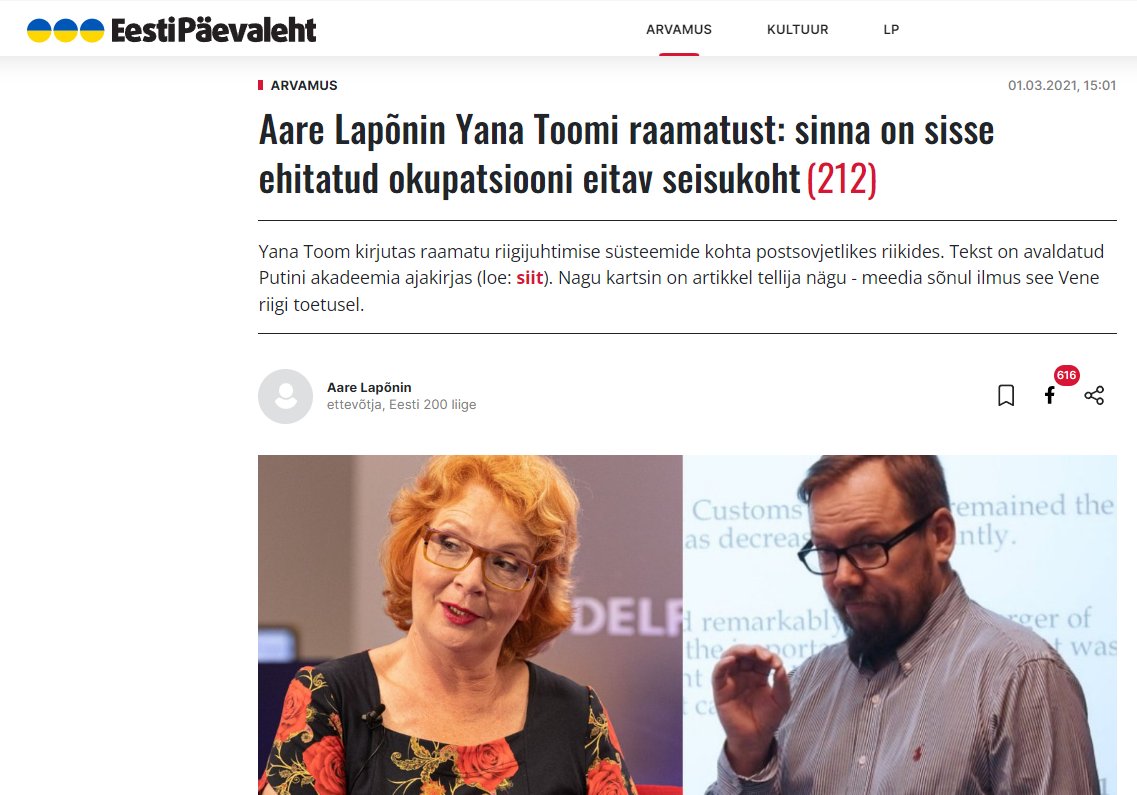

In Nov 2023, Toom financed the legal aid costs of Russian pro-Kremlin activists deported from Estonia due to their anti-state activities, so that they could go to court against the Estonian state. These people are still very active in their anti-Estonian activities.
18/22
18/22

She strongly lobbies in Europe to protect Russian interests against the Estonian government in the Baltics. When the European Parliament recognized Russia as a state sponsor of terrorism (494 MEPs in favor, 58 against, 44 abstained), Toom was the only Estonian to abstain.
19/22



19/22




Toom sympathizes with Sergei Tsaulin. Tsaulin was deported from Estonia for pro-Kremlin activities & called the assassination of Russian milblogger Vladlen Tatarsky a “point of no return” in the war. Many people who saw the horrors in Bucha may disagree with this statement.
20/22

20/22


A while ago, Jana participated in Oleg Bessedin’s show. Bessedin is yet another paid anti-Estonian and pro-Kremlin actor who has been serving Russia’s interests since the 90s. Bessedin runs a propaganda page on Facebook with around 60,000 followers.
21/22


21/22



Toom is a master of “soft power politics” - she constantly brings up “oppression” of the Russian-speaking population in the Baltics, and flirts with various pro-Kremlin figures in Estonia, but at the same time she doesn’t praise Putin & has even called Russia the aggressor.
22/22
22/22

You can now pre-order the 2nd edition of my book! This updated version, featuring pre-order extras, will be released at the end of February 2025.
Pre-order your copy here:
kleart.eu/webshop/p/vatn…
Pre-order your copy here:
kleart.eu/webshop/p/vatn…
• • •
Missing some Tweet in this thread? You can try to
force a refresh


